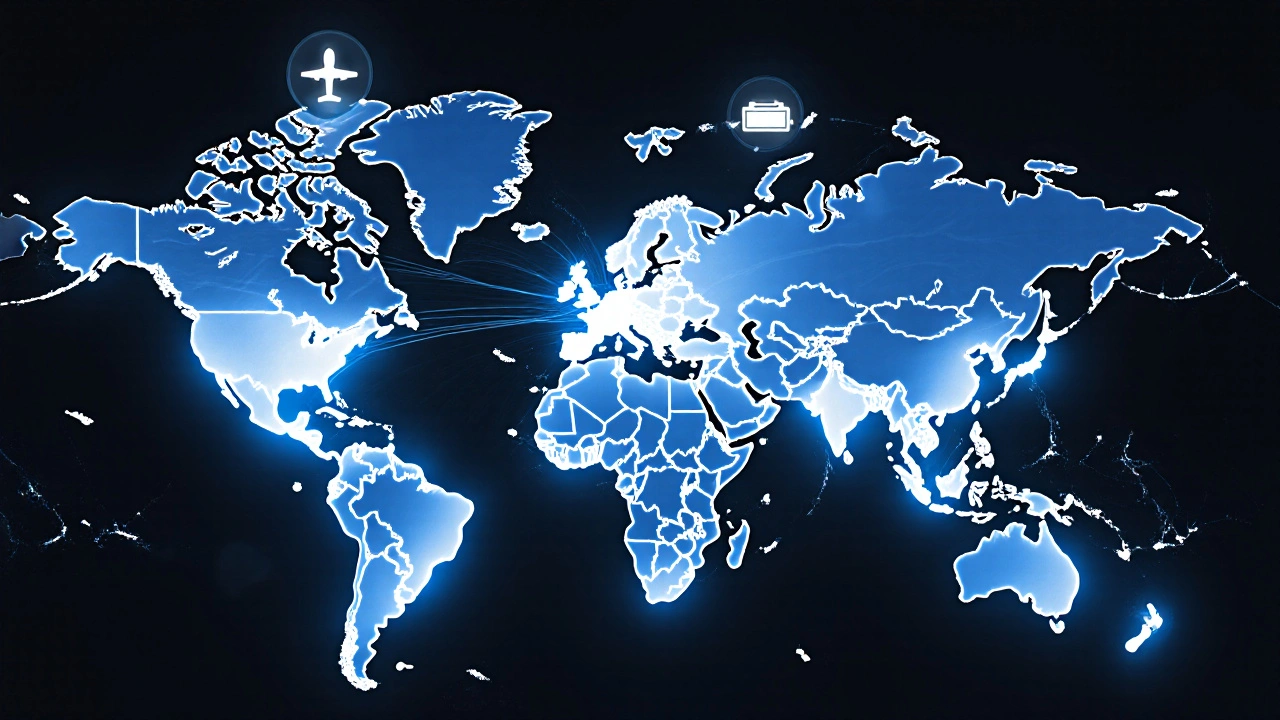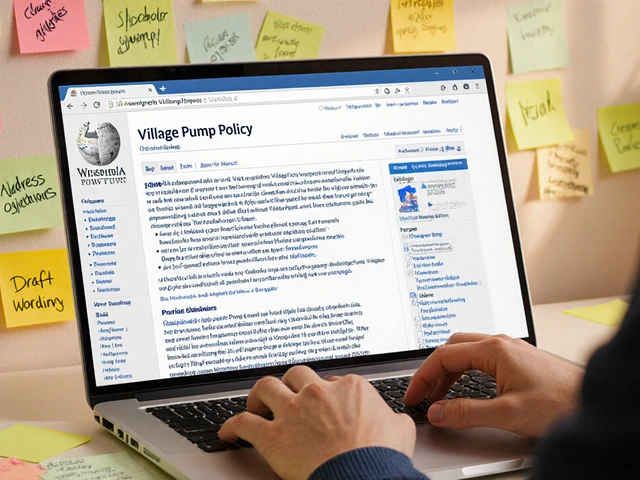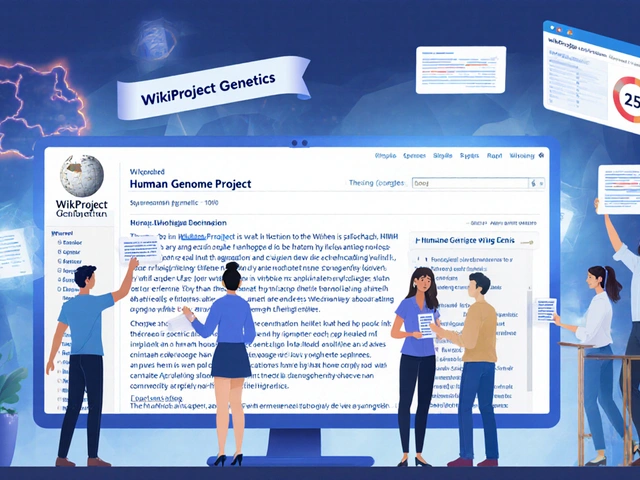Wikipedia Traffic: What Drives Views and Who’s Reading?
When you think of Wikipedia traffic, the total number of visits to Wikipedia articles across all languages and devices. Also known as Wikipedia views, it's not just a vanity metric—it’s a real-time pulse of global curiosity. Every second, tens of thousands of people search for answers on Wikipedia, from how to fix a leaky faucet to the history of the Rwandan genocide. But behind those numbers are real people—students in rural India, journalists in Brazil, retirees in Canada—all using the same platform to find something they can’t get elsewhere.
What makes one article explode in traffic while another fades? It’s rarely about popularity alone. Articles tied to breaking news, like elections or disasters, spike instantly. But the real drivers are consistent: people searching for clear, neutral summaries when they don’t trust other sources. Surveys show users pick Wikipedia over AI tools because it shows its work—every claim has a source, every edit is public. That transparency builds trust. And that trust is why Wikipedia traffic keeps growing, even as AI encyclopedias promise faster answers.
Wikipedia traffic also reveals who’s missing from the conversation. The most-viewed articles are still dominated by English-language content, but languages like Swahili and Yoruba are growing fast, fueled by local volunteers and Wikimedia grants. Meanwhile, traffic spikes in regions with limited internet access show how vital Wikipedia is as a free, offline-friendly knowledge source. The people reading aren’t just passive consumers—they’re often the same ones editing, correcting, and expanding articles in their own languages. That’s why traffic patterns matter: they show where knowledge gaps exist and where communities are stepping in to fill them.
Tools like the Wikipedia watchlist, a feature that lets editors track changes to specific articles and WikiProjects, volunteer groups focused on improving content in specific areas like medicine or history help keep the content aligned with what readers actually need. When traffic surges on a medical article, editors jump in to update it with the latest research. When a controversial political topic trends, talk pages light up with sourcing debates. Wikipedia traffic doesn’t just reflect interest—it triggers action.
And then there’s the quiet side: traffic to articles about editing policies, licensing, or how to fix citations. These aren’t glamorous, but they’re essential. They show that the people using Wikipedia aren’t just looking for facts—they’re trying to understand how the system works. That’s why the most valuable traffic isn’t always the highest—it’s the most engaged.
What you’ll find in the posts below are deep dives into what makes Wikipedia traffic tick: how community projects shape what gets read, how funding and language gaps affect who gets seen, and why traffic patterns reveal more about society than any algorithm ever could. This isn’t just about numbers. It’s about the people behind them.
Trend Reports: Emerging Topics Spiking on Wikipedia
Wikipedia trend reports reveal what people are urgently searching to understand-often before mainstream media picks up the story. From hydrogen aircraft to AI court rulings, these spikes show real public curiosity, not viral noise.







